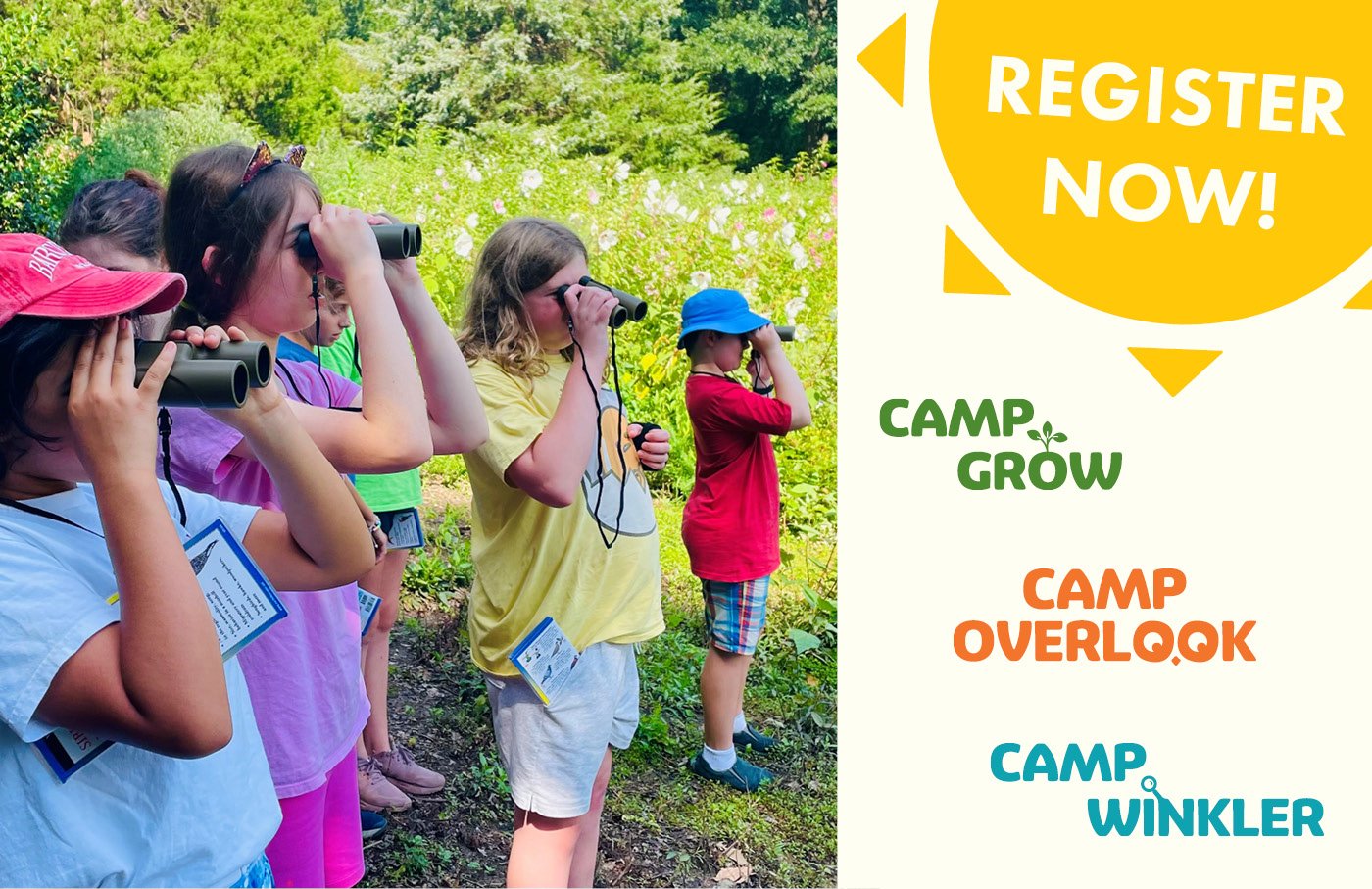Published Articles
Indentured Servitude: Was It Slavery? - March 2009
It should come as a surprise to many docents at the Carlyle House that at least half and perhaps as many as two out of three of the earliest immigrants to the British Colonies of North America were indentured servants.
Piecing it Together: What we Know about John’s Two Sallys - January 2009
Sarah Fairfax was born 31 December 1730, married John Carlyle (1720–1780) on her seventeenth birthday (31 December 1747), and died on 22 January 1761, at the age of 30. She bore seven children, five of whom died before they reached the age of 3: Rachel, Ann (I), William, George Fairfax and Hanah. Her daughter Sarah Carlyle Herbert (discussed in further detail below) was born 4 January 1757, while her daughter Ann (II) was born on 21 January 1761, the result of Sarah Fairfax Carlyle’s final and fatal pregnancy. Both of these daughters lived to adulthood: Sarah bore seven children of her own, but Ann died giving birth to her only child, a son, in March of 1778.
Eighteenth Century Musical Education at Home and "Abroad" - February 2009
Education for women in the eighteenth –century was largely about preparing for marriage. For women, marrying and having a family of her own offered relative security and comfort when compared to the alternative. For well-to-do families, this meant an education that included practical, literary, and ornamental skills. Such as cooking, sewing and household management; reading, writing, arithmetic and French; as well as musical training, dancing, drawing and fancy needlework.
EXTRA EDITION!: French Prisoners in John Carlyle’s Alexandria - March 2009
Skirmish in the Glen At dawn on May 28, 1754, over 20 years before the beginning of the American Revolution, 30 plus French soldiers were camped at the base of a small glen in the woods of western Pennsylvania. One side of the glen was bounded by a roughly 30 foot high outcropping of grey granite. A small stream meandered through its middle, and on the far side of the stream, trees and thick underbrush sloped steeply upward.
Sewing it All Together: Using Research to Bring Sarah Carlyle’s Dress to Life - April 2009
In 1975, the year before Carlyle House would officially open to the public as a restored historic house mu s e u m , t w o fragments of blue brocaded silk were donated by two separate Carlyle descendants, Mrs. Kirk and Mrs. Mothersill. The fragments came with the family history that they were worn by Sarah Fairfax Carlyle for her wedding or for a ball. At the time, they were assumed to be Spitalfields silk (English) and dated to around 1750-1761.
Recreating the Wedding of Sarah Carlyle and William Herbert - May 2009
Courtship, weddings, and marriage rituals are as varied as the people who have participated in them over the centuries. Family rituals (a particular piece of jewelry or clothing worn by several generations) might mix with cultural rituals (following a prescribed ritual of engagement) and religious ones (a specific marriage rite, performed by a qualified individual). Some elements of the modern American wedding, such as the eating of a special cake and toasting with champagne, are old practices, modified from even older ones: The eating of wedding cake originated as the throwing of grain to ensure fertility, which was modified to the creation of cakes to be thrown at the bride and groom, and then, eventually, the baking of cakes to be eaten. The clinking of glasses during a champagne toast originated from the belief that the chime-like sound this made would scare away evil spirits. Some traditions, such as that of wearing a veil, originated in many cultures worldwide as protection from evil—although veils did not tend to be used in European and Euro¬American rituals during the eighteenth century. It is impossible to tell which rituals would have been used by a given couple, but some educated estimates can be made.
A Brief Account of Sarah Walker Fairfax, the Mother of Sarah Fairfax Carlyle - June 2009
While much has been written about John Carlyle, Major-General Edward Braddock, and George William Carlyle, the wives, mothers, sisters, and daughters associated with the family have been little noticed by history. None more so than the elusive Sarah Walker Fairfax of Nassau, New Providence Island, The Bahamas. Sarah the mother of Sarah Fairfax Carlyle married 31 year-old William Fairfax at Nassau on March 27, 1723 when she was twentythree. Sarah was William Fairfax’s second wife, his first wife, whose name thus far has been lost to history, died childless sometime between 1718 and 1723 in England. Sarah Walker was born in the Bahamas about 1700 and reportedly was dark skinned. While no existing primary sources confirm it, several historical accounts state that Sarah Walker’s mother was either a former enslaved person or a freeborn woman of color.
William Fairfax was born in Yorkshire’s Newton Kyme Parish, on October 15, 1691. William was the third son of Anne Harrison and Henry Fairfax of Toulston (sometimes spelled Towlston), grandson of Henry Fairfax, 4th Lord Fairfax of Cameron, and nephew to Thomas, 5th Lord Fairfax. William arrived in Virginia in 1733, coming from Massachusetts where he had served as Collector of Customs for the Crown. Upon moving to Virginia, William again assumed the position of Collector of Customs, as well as land agent for his first cousin, Thomas, 6th Lord Fairfax, Baron of Cameron. Lord Fairfax was the proprietor of the immense Virginia domain, known as the “Northern Neck Grant,” consisting of over five million acres. William and his family lived along the lower Potomac before taking up residence at Belvoir Manor in 1741, the same year his future son-in-law John Carlyle established himself in the colony. Belvoir was situated on the west bank of the upper Potomac River below Alexandria where Fort Belvoir is today.
Coffee: The American Beverage - July 2009
In America there is an intense love affair with coffee that has begun to spill across the entire globe. On every other street corner in American cities there is a coffee shop, whether it be a Starbucks or a smaller establishment. The roots of this passionate relationship lie in the history of coffee in the western world and its place in the American colonies.
Rituals Brought Forth from Africa and Employed by Enslaved African-Americans - August 2009
For many years much was written about the lives of wealthy plantation owners and their families, particularly in the antebellum South. The romanticism and life style of the white plantation owners and their families has been the stuff of many novels and movies. We have always known that enslaved persons were a large part of what kept those plantations in working order. However, little was written about what kind of life those slaves lived. What kind of world did they come from, what rituals did they bring with them to enrich their lives in the New World? Did they keep these rituals; do any of them live on today? It has only been in recent years that many of the mysteries surrounding their lives have been somewhat unraveled. Some of these rituals were carried from their homeland in Africa, some were born out of necessity for their lives in the New World, and many helped soothe the pain and loneliness they must have felt.
Eighteenth-Century Fashion - September 2009
When she married John Carlyle in 1747, Sarah Fairfax’s wedding gown was the height of fashion. A bold pattern in vivid colors, wide skirts supported by panniers or pocket hoops, heavy back pleats that flowed into the skirt, elbow-length sleeves ending in a wide cuff, and an ornate stomacher over the front closing of her gown all proclaimed her family’s wealth and elegant taste.
The Art of Mourning: Iconography in Mourning Jewelry and Needlework - October 2009
Symbols of mourning and remembrances of lost friends and loved ones were a common part of life in the 18th and 19th-centuries. To our modern eyes, these objects, be they rings, pendants or silk needlework images, seem to reflect a culture obsessed with death. If we closely examine the facts, however, we see a culture interested more in the intellectual world of symbolism and neoclassicism, than with the pure act of mourning.
Mr. Booth Revealed: The Story of George William’s Education - November 2009
Bartholomew Booth was born in 1732 to a schoolmaster in the village of Mellor, eight miles south of Manchester. Wishing to follow in his father’s footsteps, Booth decided to follow a typical path for that profession and seek ordination. In 1754 he went to Oxford to begin his studies at Brasenose College. After graduating, Booth held positions as schoolmaster and priest in Disley and Marple.
Christmas Then and Christmas Now - December 2009
“Saturday 25, 1773 I was waked this morning by Guns fired all around the House. The morning is stormy, the wind at South East rains hard Nelson the Boy who makes my Fire, blacks my shoes, does errands &c. was early in my Room, drest only in his shirt and Breeches! He made me a vast fire, blacked my Shoes, set my Room in order, and wished me a joyful Christmas, for which I gave him half a Bit.— Soon after he left the Room, and before I was Drest, the Fellow who makes the Fire in our School Room, drest very neatly in green, but almost drunk, entered my chamber with three or four profound Bows, & made me the same salutation; I gave him a Bit, and dismissed him as soon as possible.—Soon after my Cloths and Linen were sent in with a message for a Christmas Box, as they call it; I sent the poor Slave a Bit, & my thanks.—I was obliged for want of small change, to put off for some days the Barber who shaves & dresses me.—I gave Tom the Coachman, who Doctors my Horse, for care two Bits. & am to give more when the Horse is well.—I gave to Dennis the Boy who waits at Table half a Bit—So that the sum of my Donations to Servants, for this Christmas appears to be five Bits…”


